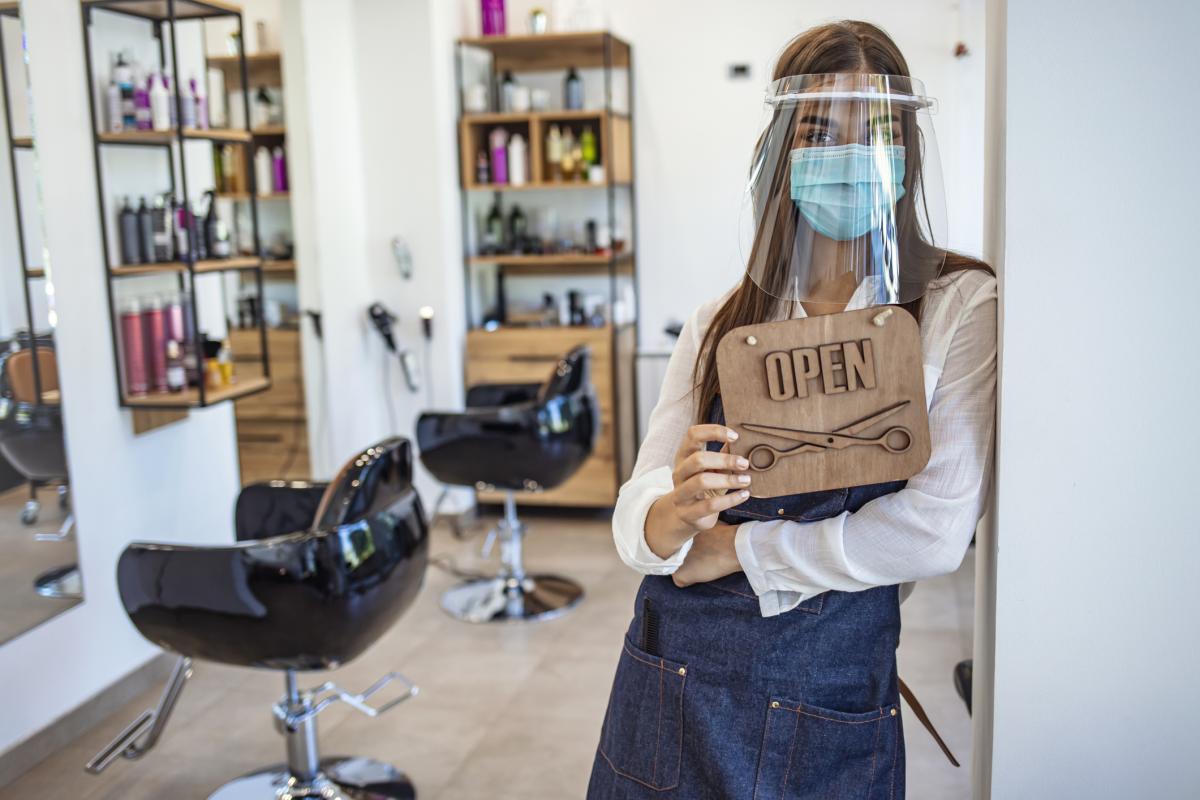New Consumer Habits in the Professional Services Beauty Salon Industry
Due to the Covid-19 crisis, customers have altered their consumer behavior in most markets.
In the professional beauty salon industry in has been registered in the following ways:
– Noticeable drop, in visitation rates. Consumers visit salons only for necessary services such as cut, color and acrylic nails and extensions. Services such as blow dry and simple manicure have dropped in numbers significantly, mainly because most events have been cancelled.
– Decreased amount of premium makeup and hairstyling services, due to the decrease in events such as marriages, christenings etc.
– Decrease in clientele because some consumers feel insecure in the marketplace. They usually get treatments at home or do it themselves.
– User experience inside the salon is less appealing due to all the precautions that must be implemented.
The above-mentioned conclusions can be logically explained but are very costly for the industry.
Long term cost efficiency is not the only problem to worry about though.
If consumers continue to behave in such a manner for a long time, the industry runs the risk that the behavior will become a habit and that the visitation rate and clientele volume will be damaged forever.
To achieve habit formation, we need to train our reflexive system.
Our reflexive system picks up on patterns of data and leads to behavioral actions. The key to training the reflexive system is repetition. For many months now consumers have been repeating the same behavior of being hesitant to visit their salon for beauty services.
Social pressure is also especially important for consumer habit formation.
Our brains are built to seek social acceptance and to gain a rise in our social identity, so following the social trend is usually what we tend to comply with. So, if everyone in our social group is avoiding visits to their salons unless it is necessary, we are probably going to do the same.
Why do women visit beauty salons in the first place?
To try to find a remedy for the Covid-19 crisis it is essential to go back and answer one especially important question? What brings women into beauty salons in the first place? The obvious answer would be beauty treatments, but that is not only it.
Women visit beauty salon because but doing so they address other particularly important human needs such as relatedness, status, safety, and autonomy.
When a woman visits a beauty salon she is usually treated as a princess and all her beauty needs are met and fulfilled, so her level of status is greatly enhanced.
In addition, a beauty salon is a place of great human interaction. It is a social group where a lot of communication takes place and where a woman feels a sense of relatedness.
Finally, a woman who is loyal to her beauty salon feels safe and in control of all the services that she will receive.
It is important to mention that consumer habit change can represent a threat to status, autonomy, relatedness, fairness, and certainty.
What does that mean for a woman who used to visit beauty salons?
– She has a drop in her status level because she does not receive personal pampering and personalized treatments as often as she used to.
– She feels uncertain about visiting her salon for safety reasons so that creates a threat in her brain.
– She feels it is unfair that she can’t take care of her beauty as she used to and that her independence is limited.
– She has decreased the sense of relatedness and social interaction that she experienced when visiting a salon.
As consumers we do not always realize how effected we are by the limitations and constraints Covid-19 has installed in our life.
It is important to create a marketing and social media campaign that reminds consumers that they are most importantly safe in the salon and that they do not have to miss out on all the very important features of visiting it.
Create new trends in personal care and beauty, intensify the “pamper yourself” notion and the “you do it for you” philosophy.
Connecting a consumer habit to our values is strong motivation that drives behavior.
There is still time to get consumers back into their old Consumer Habits!


